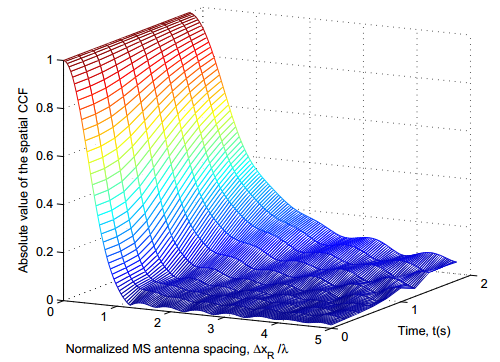
Fig. 1The spatial CCFs of the tunnel channel model.
High-speed train (HST) communications in tunnels have attracted more and more research interests recently, especially within the framework of 5G wireless networks. In this paper, a theoretical channel model considering the influence of the tunnel walls is first established, which assumes clusters with an infinite number of scatterers randomly distributed on the tunnel walls. The corresponding simulation model is then developed and the method of equal areas is employed to obtain the discrete parameters, such as azimuth and elevation angles. Based on the proposed model, the most important channel statistical properties of the proposed 3D GBSMs are investigated. Finally, good approximations are presented by comparing stationary regions of our proposed tunnel channel model to those of relevant measurement data, which validate the utility of the proposed model. The typical channel statistical properties are shown in Figs. 1 and 2.(Yu Liu,Cheng-Xiang Wang, Carlos. F. Lopez, George Goussetis, Yang Yang, and George K. Karagiannidis, “3D non-stationary wideband tunnel channel models for 5G high-speed train wireless communications,” IEEE Trans. Intell. Transp. Syst., vol. 21, no. 1, pp. 259-272, Jan. 2020.)

Fig. 2The time-variant ACFs with/without theLoS component at different time instants